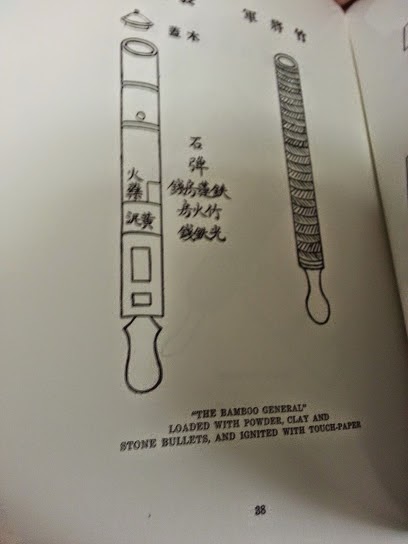 |
| http://en.memory-alpha.org/wiki/Neutral_Zone_Incursion |
Welcome back to DECK OF FRIDAYS, our weekly feature here at FATE SF! Each week (more or less) since the release of the Deck of Fate, we have made a draw from the Deck of Fate, RPG Inspiration Cards, or another Aspect-generative randomizer. Then we do something interesting with it, using the Aspect as inspiration for a campaign or scenario seed, a situation, scene, location, NPC, thingie, etc.
This week's draw from the Deck of Fate is a card with the Aspect: Neutral Discovery. It calls to mind the concept of Neutral Zones. So without further ado, we have a brief quote from the 17th Imperial Sovereign, who is known as the The Shadow Cast By All Suns.
***
Nature abhors a Neutral Zone. All Neutral Zones are semi-permeable, riddled with slipknots, and layered upon with the positive and negative enumerations of hyperspace. The most fleeting of political boundaries, all such zones of exclusion eventually collapse inward upon themselves.
Each one is a potent symbol of Defeat, of a battle or war that has been lost: a "partial victory" in the parlance of today's generals and political consultants.
Indeed, the Neutral Zones are a plague upon the body politic of our Empire. Such zones are a hindrance to advance of the Imperial Extents, and to the march of justice and friendship among the worlds. Within Our Body, they are vacuoles formed to contain an irritant, sanctuaries for inimical species and rogue Minds. Such spaces invariably become havens for pirates, privateers, smugglers, and slavers, and places of unwitting and deadly discoveries.
Beyond Our Body, they are the space of non-confrontation with greater enemies: a haven for espionage and covert fleet maneuvers, planetary bush wars, fraught discoveries, the birthplace of pocket empires and border kingdoms, and initiatives toward diplomacy and collaboration.
Each Neutral Zone also gives us pause for reflection, even as it halts our Fleets and Legions. An ancient Earth philosopher once wrote that an Empire's advance necessitates a hollowing at its center. An Empire produces its own negation. As we incorporate the barbarians beyond our Neutral Zones, what indeed becomes of us?













